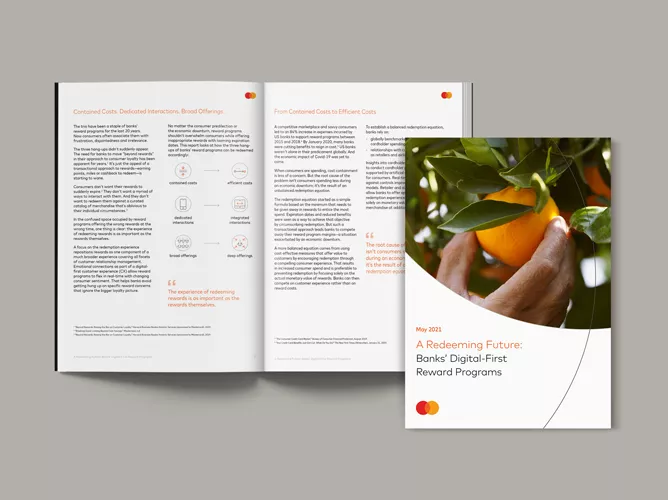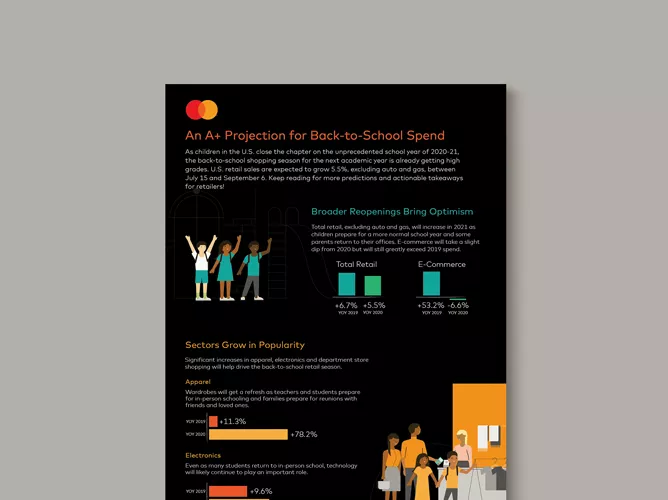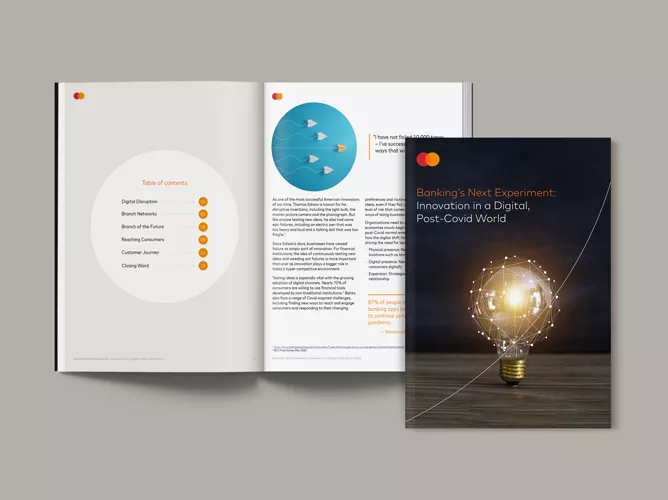Create and Quantify Value in Value-Based Care
The axiom that you need to spend money to make money wasn’t conceived for value-based care (VBC). Still, it could have been — the advice is as relevant for healthcare as any business. But VBC takes the suggestion one step further. It opens the possibility of spending money to make someone else money too.
Such lucrative altruism is increasingly in demand. And providers can use it to differentiate themselves while efficiently managing and coordinating care. That’s particularly the case since COVID-19 brought the urgency of VBC into even starker relief.
It seems counterintuitive that increased operational costs could lead to savings for healthcare providers and their payers. But healthcare isn’t predicated on the simple provision of services; it’s predicated on lives. And hospitals are now diversifying their reimbursement portfolio away from fee-for-service models toward new payer–provider partnerships in which incomes are contingent on outcomes.
These VBC partnerships focus on delivering quality while controlling costs. Often that requires an increase in certain costs to reduce other costs. For example, keeping patients in hospital beds for longer and then providing additional outpatient care increases short-term operational costs, but it also decreases readmission rates. Although individual cases vary, that leads to an overall reduction in total costs — clinical, administrative and operational — over time. Those savings then can be distributed as “shared savings” between the providers and the payers.
VBC takes the axiom "spend money to make money" one step further. It opens the possibility of spending money to make someone else money too
From a broad perspective, VBC already has produced results for payers, patients and providers. VBC models now account for 36 percent of healthcare payments in the United States and cover more than 227 million Americans across federal, state and commercial payers.1 In 2018, Humana’s Medicare Advantage plan had 20 percent lower medical costs than traditional Medicare, and their providers earned 10 cents more for every healthcare dollar spent.2 Moreover, 77 percent of payers noticed an improvement in care quality for patients when implementing VBC in partnership with providers.3
To speed up the progression to VBC, changes also are happening on a more local level. Innovative organizations are now using VBC to accelerate positive clinical and financial outcomes for their stakeholders. At Orlando Health, we’re applying targeted population health and VBC initiatives across our healthcare system. We regularly pilot, implement, test and refine new models to cut costs while improving clinical outcomes and patient experiences. Robust analytics allow us to test multiple initiatives and then quickly scale learnings across our network.
Health systems historically have not applied an analytical mindset to operational effectiveness
In this report, we explore how to create and quantify value in VBC across four areas:
Looking for Value
Identifying Value
Demonstrating Value
Managing Value
Looking for Value
Identifying Value
Establishing profitability under current conditions requires enhanced data analytics to improve clinical outcomes and control internal and external costs.
A test-and-learn approach to data analysis is commonly used in industries from retail to telecommunications and is often tailored to individual organizations within each sector. In healthcare, the approach enables health systems and hospitals to quantify the causal impact of VBC by measuring results against a well-matched control. This enables providers to understand which patients or areas respond best and then identify how to maximize return on investment for each initiative, program or department.
The test-and-learn vision is similar to Continuous Quality Improvement (CQI), Plan-Do-Check-Act (PDCA) and Lean-Six Sigma (LSS). Significant benefit comes from quantifying the previously unknown value of programs to then target and tailor expansion across a health system or individual hospital. This adaptability also allows hospitals to react rapidly to changing environmental circumstances.
Moreover, a test-and-learn approach can have a halo effect on other unrelated initiatives. For example, consumer marketing can be improved through a better understanding of physician ratings, more sophisticated referral measurements and clinical campaign success evaluations. VBC efficiencies also are payer agnostic because learnings and improvements are generally transferable beyond just insured populations.
VBC efficiencies are payer agnostic. Learnings and improvements are generally transferable beyond just insured populations
Demonstrating Value
At Orlando Health, we recently partnered with Mastercard to analyze success in several VBC programs across our integrated healthcare delivery system in Central Florida. Our partnership employed Mastercard’s patented Test & Learn® solution and focused on three main areas:
Clinical Standardization — evaluating our Right Care clinical order set for heart failure (HF) patients
Process Enhancements — determining the effectiveness of a concierge scheduler model to improve the care coordination of HF patients after discharge
Patient Connectedness — assessing our REACH (Readmission Advocates Collaborating in Healthcare) program, in which social workers address clinical and socioeconomic barriers to reduce readmission rates
Clinical Standardization
The results:
A reduction of $4,800 in allowed spend over the 90-day, post-discharge period
1.3 fewer readmissions over the 90-day, post-discharge period
The test-and-learn analysis showed:
Managing Value
Download the full report here.
Contact a specialist at Mastercard or Orlando Health to learn more about how Mastercard’s patented predictive analytics solution Test & Learn® can help maximize program returns by getting the most value out of value-based care programs and initiatives.
 | Fope Agbedia Principal, Business Development, Mastercard |
 | Chris Roy Managing Consultant, Mastercard |
 | Claire Goodwin, MHA Corporate Director, Network Strategy & Business Development, Orlando Health |
 | Brandon J. Burket, MHA Assistant Vice President, Value Based Care & Population Health, Orlando Health |
Orlando Health is a not-for-profit 3,200-bed system that includes 15 wholly owned hospitals and emergency departments, rehabilitation services, cancer institutes, heart institutes, imaging and laboratory services, wound care centers, physician offices for adults and pediatrics, skilled nursing facilities, an in-patient behavioral health facility, home healthcare services, and urgent care centers in partnership with CareSpot Urgent Care. Nearly 4,200 physicians, representing more than 80 medical specialties and subspecialties, have privileges across the Orlando Health system, which employs nearly 22,000 team members. The healthcare system is recognized around the world for its pediatric and adult Level One Trauma program and, as the region’s only statutory teaching healthcare system, Orlando Health hosts more than 325 residents and fellows each year. Areas of clinical excellence are orthopedics, heart and vascular, cancer care, neurosciences, surgery, pediatric specialties, neonatology, women’s health and trauma. Additional information can be found at orlandohealth.com.















